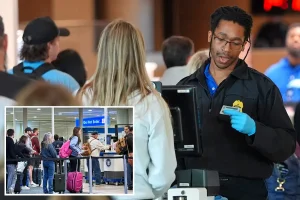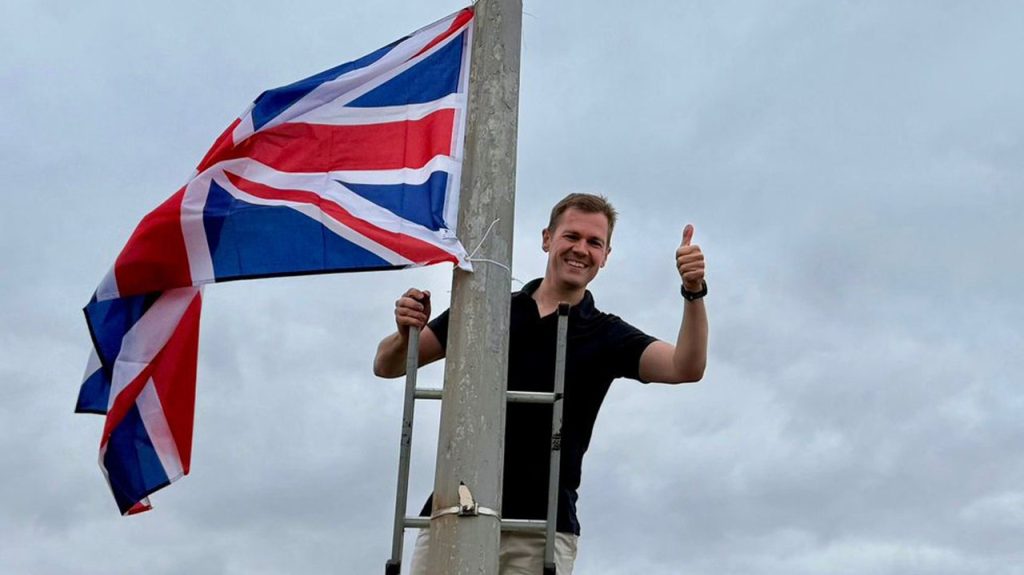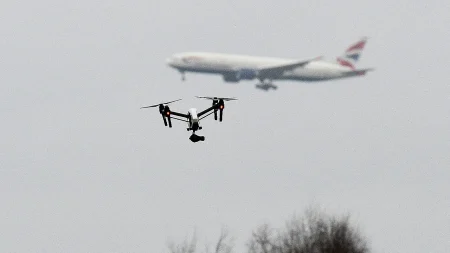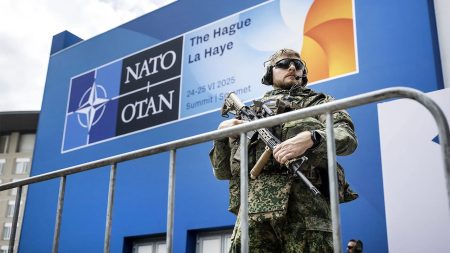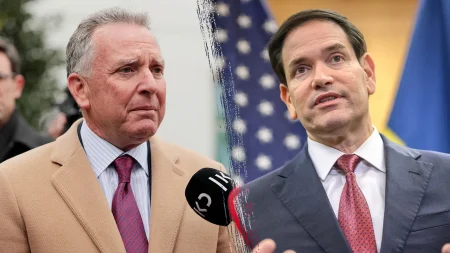British Flag Resurgence: Patriotism or Extremism?
In recent months, England’s red-and-white St. George’s Cross and the iconic Union Jack have been reappearing across the United Kingdom in a movement dubbed “Operation Raise the Colours.” This grassroots campaign encourages citizens to proudly display these national emblems in their homes and communities, sparking a heated debate that mirrors America’s own cultural divisions. While supporters frame this as a simple expression of national pride, critics—particularly in left-leaning media—have raised concerns about potential far-right undertones, drawing parallels to the MAGA movement in the United States. The controversy has become a symbol of Britain’s increasingly polarized political landscape, with different interpretations reflecting deeper divides about national identity in modern Britain.
The flag movement has gained significant political momentum, particularly with the rise of Reform UK and its leader Nigel Farage, who has adopted a populist approach reminiscent of Donald Trump’s political style. MP Robert Jenrick publicly supported the campaign on social media, declaring, “While Britain-hating councils take down our own flags, we raise them up. We must be one country, under the Union Flag.” This sentiment has resonated with many who feel their patriotic expressions are being suppressed. Meanwhile, some local governments, including Tower Hamlets and Birmingham City Council, have removed flags installed by supporters, further intensifying the controversy. The issue has forced even the highest levels of government to respond, with Prime Minister Keir Starmer’s office affirming his support for patriotic displays, noting that Downing Street regularly flies English flags during sporting events.
The divide over these flags reflects fundamental differences in how Britons view national symbols in a multicultural society. While YouGov polling indicates majority support for flying the St. George’s Cross, a significant minority views it negatively. Interestingly, the Union Jack, Scotland’s St. Andrew’s Cross, and Wales’ Red Dragon all enjoy broader support than England’s national flag. This disparity speaks to the complex history of the St. George’s Cross, which remained largely overshadowed by the Union Jack until the 1990s, when it began emerging prominently at sporting events. Today, some citizens embrace it as a proud symbol of English identity, while others worry about its appropriation by extremist groups or see it as potentially divisive in Britain’s diverse communities.
Media portrayal of the flag movement has further polarized public opinion. Publications like The Guardian have cautioned that while many supporters have innocent intentions, the campaign might provide “cover for far-right agendas.” Some citizens interviewed in BBC reporting expressed concerns that certain displays, like marking crosswalks with red crosses resembling the St. George’s flag, seemed “pointless” or even “very racist.” These contrasting perspectives highlight the challenge of distinguishing between genuine patriotism and nationalism with more troubling undertones. The debate touches on sensitive questions about what it means to be British or English in the 21st century, and who gets to define these identities in a changing society.
The flag controversy gains additional significance against the backdrop of Britain’s evolving political landscape. Recent YouGov polling suggested that Reform UK could become Britain’s largest political party if a general election were held immediately. Nigel Farage, who has long aligned himself with Donald Trump’s political movement and celebrated the former president’s victories as “an inspiration,” appears to be capitalizing on similar cultural grievances that fueled populist movements elsewhere. As with MAGA in America, the flag has become more than cloth and colors—it’s transformed into a potent symbol within a larger cultural battle over national values, immigration, and tradition. Supporters view displaying flags as reclaiming patriotism from those who would suppress it, while critics worry about exclusionary nationalism.
As local and national elections approach, the flag controversy shows no signs of resolution. Local councils continue making case-by-case decisions about allowing flag displays, while citizens on both sides grow increasingly passionate about their positions. The emergence of this issue reflects deeper anxieties about British identity in a post-Brexit era still grappling with questions of sovereignty, globalization, and cultural cohesion. What began as a simple call to display national symbols has evolved into a meaningful barometer of Britain’s social divisions. Like America’s own flag controversies, the debate reveals how even the most basic symbols of national unity can become flashpoints for profound disagreement when underlying social tensions remain unresolved. Whether “Operation Raise the Colours” ultimately unites or divides Britons may depend less on the flags themselves than on the country’s ability to navigate these complex questions of identity and belonging.
